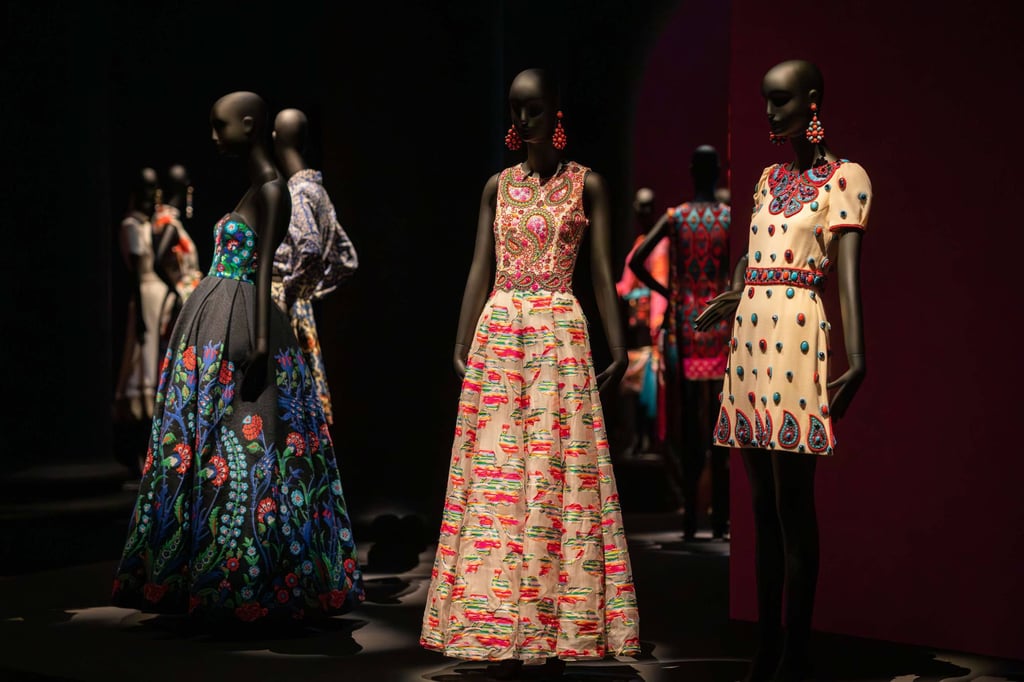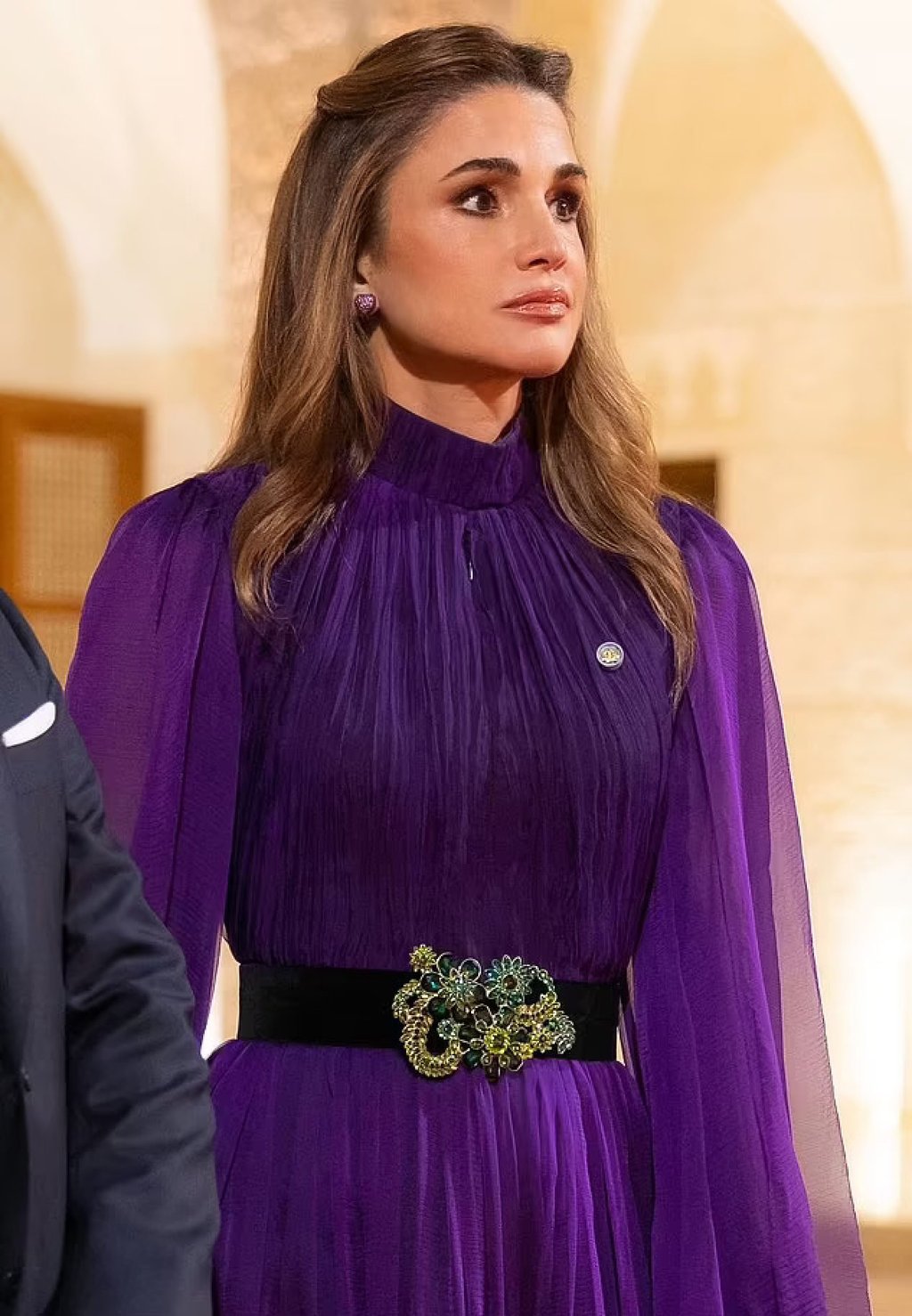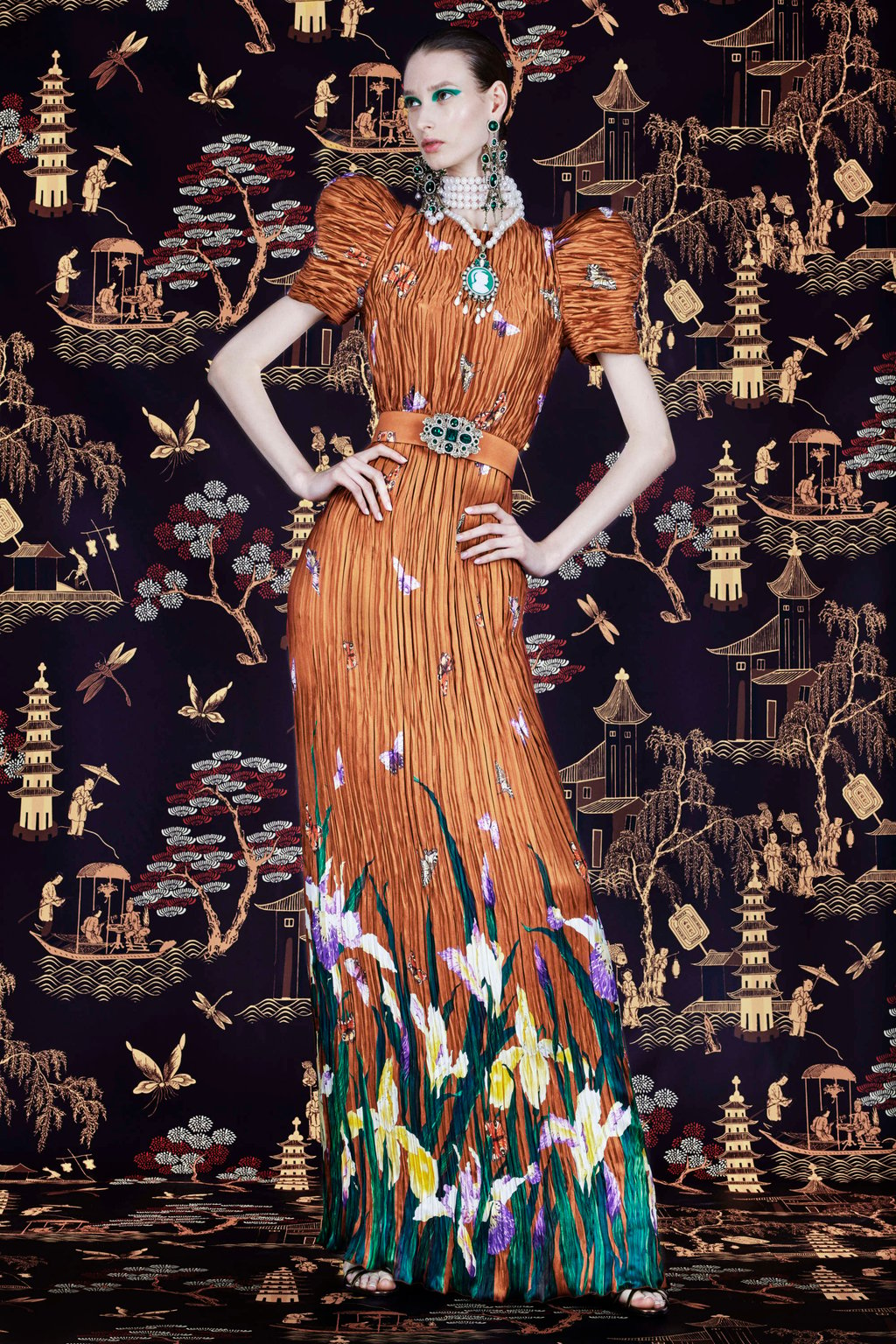Meet Andrew Gn, Singaporean fashion designer to the stars: the Paris-based creative has dressed Beyoncé and Kate Middleton, shows at Paris Fashion Week – and has a museum retrospective running

- Andrew Gn cut his teeth at Central Saint Martins in London before becoming assistant to Parisian couturier Emanuel Ungaro – then founded his own label in 1996
- He has a retrospective on at his home country’s Asian Civilisations Museum – the largest exhibition on a Singaporean contemporary designer so far – and was inclusive before it became a buzzword

Meet Andrew Gn, the designer who decided to follow his heart and set up an atelier in Paris simply because he wanted to “live in a beautiful place”. In the years since, he has slowly but surely grown his brand from a tiny knitwear collection into a house that showcases excellent sartorial craftsmanship. His pieces are infused with intricate details and delicate embellishments that add a certain “oomph” to an outfit – ideal for women who are not afraid to turn heads when they step into a room.

One secret behind Gn’s success? He has always been generous in choosing who he dresses, long before inclusivity became a buzzword. “We are not sizeist. We dress women of different ages, nationalities, skin colour and sizes so we are very international in that way,” observes Gn, whose designs are stocked at luxury retailers including Harrods, MatchesFashion and Net-a-Porter.
Gn has a knack for effortlessly melding Asian influences with Western elements without appearing trite or cliche. “Being Asian is not a style, it is a sense of being,” he says. For example, he once drew inspiration from the shape of pagoda roofs to create a coat with “pagoda shoulders”. Another gown is inspired by a 19th-century porcelain bowl from his personal collection and features a butterfly pattern, a recurring motif in his designs.

His fashion awakening happened at a young age. His merchant father, who often travelled around Asia for work, would bring different textiles home for his mother. These included Indonesian batik, Chinese silks, printed Japanese fabrics, kimonos and obi belts, and textiles from India and Pakistan.
“My mother would open the packages up and I would stand beside her, seeing all of these wonders appearing before me. She would then bring these fabrics to her Shanghainese tailor where she would spend hours discussing the little details of her dresses, skirt suits or jackets,” he recalls. “The process of seeing all these wonderfully sumptuous two-dimensional fabrics transformed into three-dimensional dresses was amazing.”